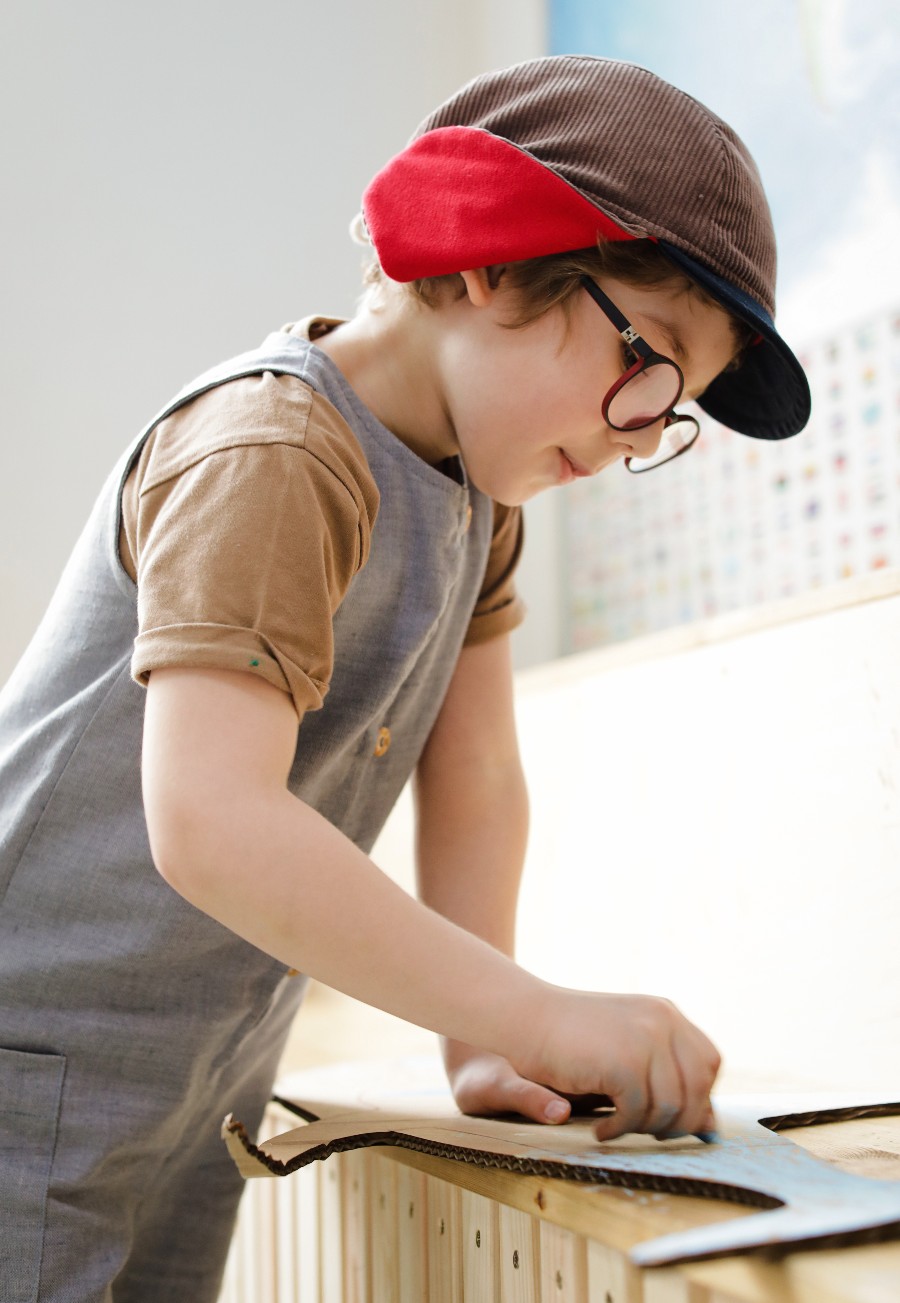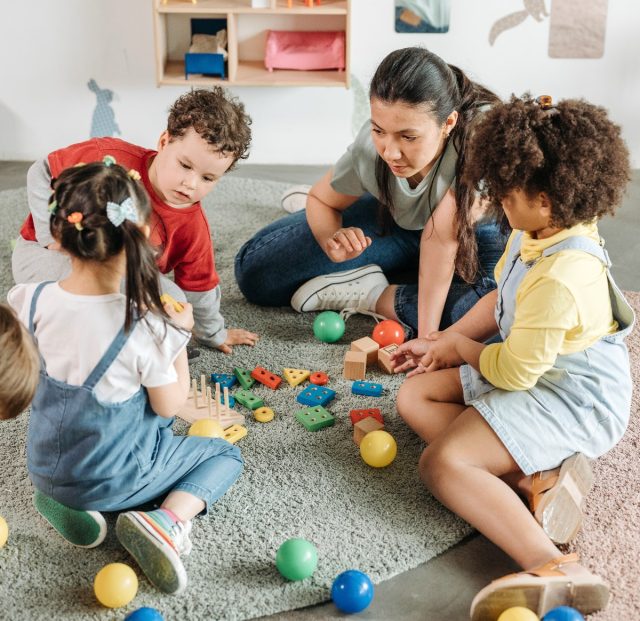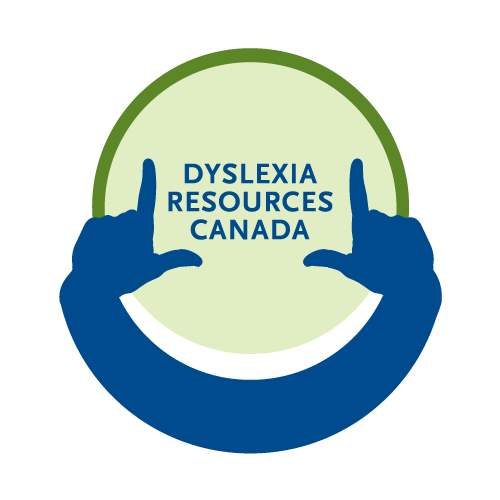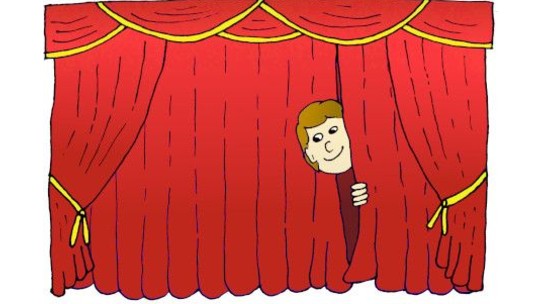Have Fun Learning Through Play!

One thing we promote is having fun during a Davis program. It’s hard to believe that tackling a problem such as reading can be fun, but it can be. Entwined in a Davis program are creativity and the freedom to make mistakes. On top of this is the ability to identify and resolve sources of confusion.
Ambitious parents of dyslexic children often think of summer holidays as an opportunity to review academic skills in preparation for the next school grade. But don’t rule out play and its importance to development! That form of play can take place during a Davis program while enhancing academic skills.
Children practice and reinforce their learning in multiple areas during play. It gives them a place and a time for learning that cannot be achieved through completing a worksheet. Worksheets are replaced with clay in our programs as we delve into the mysteries of each of our client’s struggles.
You can reinforce the Davis skills through many games that help with memory, language, spatial awareness, and strategy; all things that can come in handy in daily life at home. Here are some suggestions:
1: Playing Store: Children write and draw flyers, set prices, take orders, and give and receive money. You learn math, writing, and organizational skills.
2: Sounds: What’s that noise? Listen to a particular noise, eyes closed, and figure out what it is, such as an instrument, creaky door, rattle. This helps with listening skills.

3: Instructions: Make it fun (not a chore) and assign a mission that is age appropriate e.g. one step request for a toddler like “bring me your doll” and several steps for an older child such as, “Crawl under the table, hop around the chair, and bring me the ball.” Great for listening again and also sequencing.
4: Now You See It, Now You Don’t: In this game, select an object and describe it with the children and note its characteristics such as shape and color. Then cover it, and ask the children to recall what the object looked like. Uncover the object to recall more details or check the details stated. A fun way to increase vocabulary and use memory.
5. I Spy: One person gives clues describing an object within sight. Another person is charged with trying to figure out what it is. For example, “I spy with my little eyes something big and yellow.”. The child has to retain the description and formulate a method to find the object.
6: Mazes and Jig Saw Puzzles: This helps the participant to activate spatial learning and memory, visual–motor coordination, foresight, perceptual organization, planning, decision-making, and general reasoning. Lots of executive functioning skills required here.










